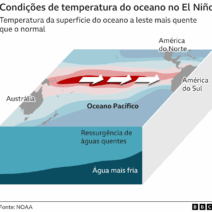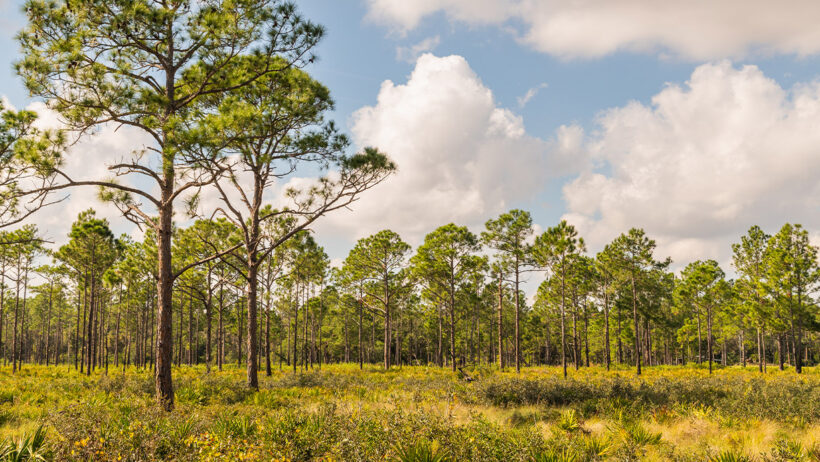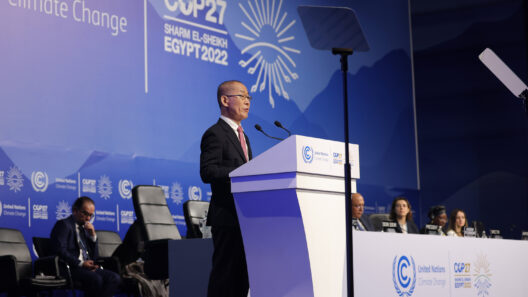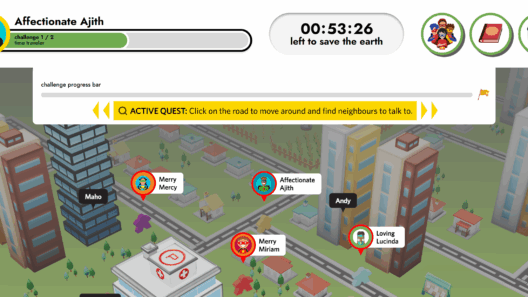Polk County, Florida, is a microcosm of the broader challenges and opportunities presented by global warming. Nestled in the heart of the state, the region boasts a rich tapestry of natural beauty, agriculture, and rapidly evolving urban landscapes. Yet, like many areas worldwide, it is not immune to the consequences of climate change. Understanding the implications of global warming within this local context is crucial for developing effective strategies to mitigate its impacts and adapt to an uncertain future.
The first discernible effect of climate change in Polk County is the alteration of precipitation patterns. Historically characterized by a distinct wet and dry season, the region is currently witnessing a shift toward erratic rainfall. This inconsistency can lead to extensive flooding during the rainy season while simultaneously exacerbating drought conditions in other times of the year. Consequently, agriculture, a vital component of Polk County’s economy, faces unprecedented challenges. Farmers who rely on predictable weather patterns are increasingly finding themselves at the mercy of unpredictable storms or droughts, threatening food security and economic stability.
Moreover, the intensifying heat is a pressing concern. Average temperatures have steadily risen, and with it come increased energy demands as residents and businesses crank up air conditioning systems. This not only elevates utility bills but also strains the electrical grid. Coupled with the rising temperatures, the phenomenon of urban heat islands becomes pronounced in the more developed areas of Polk County. These localized pockets of elevated temperature can lead to exacerbated health issues, particularly for vulnerable populations. The health ramifications become more alarming when considering the increased rates of heat-related illnesses and respiratory conditions linked to poorer air quality in hotter, densely populated areas.
The ecological ramifications of global warming are equally disconcerting. Polk County, with its picturesque lakes, rivers, and diverse ecosystems, provides a habitat for a plethora of species. However, the encroachment of invasive species, exacerbated by climate change, poses a significant threat to local biodiversity. Warmer waters can enhance the proliferation of harmful algal blooms, choking out native species and disrupting the delicate balance within aquatic ecosystems. Moreover, many local flora and fauna are struggling to adapt to the rapid environmental shifts, leading to reduced biodiversity that diminishes the region’s natural resilience and aesthetic appeal.
Addressing climate change requires a multifaceted approach, and Polk County has begun to recognize this necessity. Local governments are increasingly adopting sustainability initiatives aimed at reducing greenhouse gas emissions. Investments in renewable energy sources, such as solar installations and wind projects, are gaining traction as viable alternatives to fossil fuels. These initiatives not only promise to alleviate some of the atmospheric burdens attributed to climate change but also create economic opportunities through green jobs and energy independence.
Furthermore, the concept of sustainable urban planning is gaining momentum in Polk County. Smart development strategies that prioritize walkability, green spaces, and public transportation can significantly reduce the carbon footprint of urban areas. Zoning laws are being evaluated with a new lens, one that considers ecological impacts rather than merely economic incentives. By incorporating green infrastructure, such as permeable pavements and bioswales, the impacts of heavy rainfall can be mitigated, reducing flood risks and enhancing water quality.
High above the everyday struggles of climate adaptation lies the broader issue of social equity. Communities in Polk County, particularly low-income neighborhoods, often bear the brunt of environmental changes. With limited resources to adapt, these populations are increasingly vulnerable to climate impacts. Addressing this disparity is not only a moral imperative but also a crucial facet of effective climate action. By ensuring that all community members have equal access to resources, education, and support, Polk County can foster resilience among its populace.
The role of education cannot be understated in forging a path toward sustainable practices. Schools in Polk County are beginning to integrate environmental science into their curriculums, empowering the next generation of leaders with knowledge about climate issues. Community outreach programs that focus on awareness and action help to engage residents in local climate initiatives. Collective actions, such as tree planting and volunteer cleanups, foster a sense of stewardship that is vital for cultivating an environmentally conscious community.
While the challenges posed by global warming appear daunting, the prospects for a resilient future in Polk County are not only possible but necessary. With concerted efforts from local governments, communities, businesses, and individuals, the region can become a shining example of adaptation and mitigation excellence. The fusion of innovative policies, educational initiatives, and community engagement can create a robust framework for addressing climate change’s multifaceted challenges.
As the residents of Polk County look towards the horizon, they stand at the crossroads of opportunity and necessity. The path forward is neither clear-cut nor devoid of challenges, but the potential for significant change is palpable. By embracing sustainability and prioritizing the health of both the environment and the community, Polk County can navigate the turbulent waters of climate change, fulfilling its responsibilities to current and future generations. The future of Polk County, inextricably linked to the global narrative of climate change, is one that can indeed flourish with conscientious effort and unwavering resolve.







